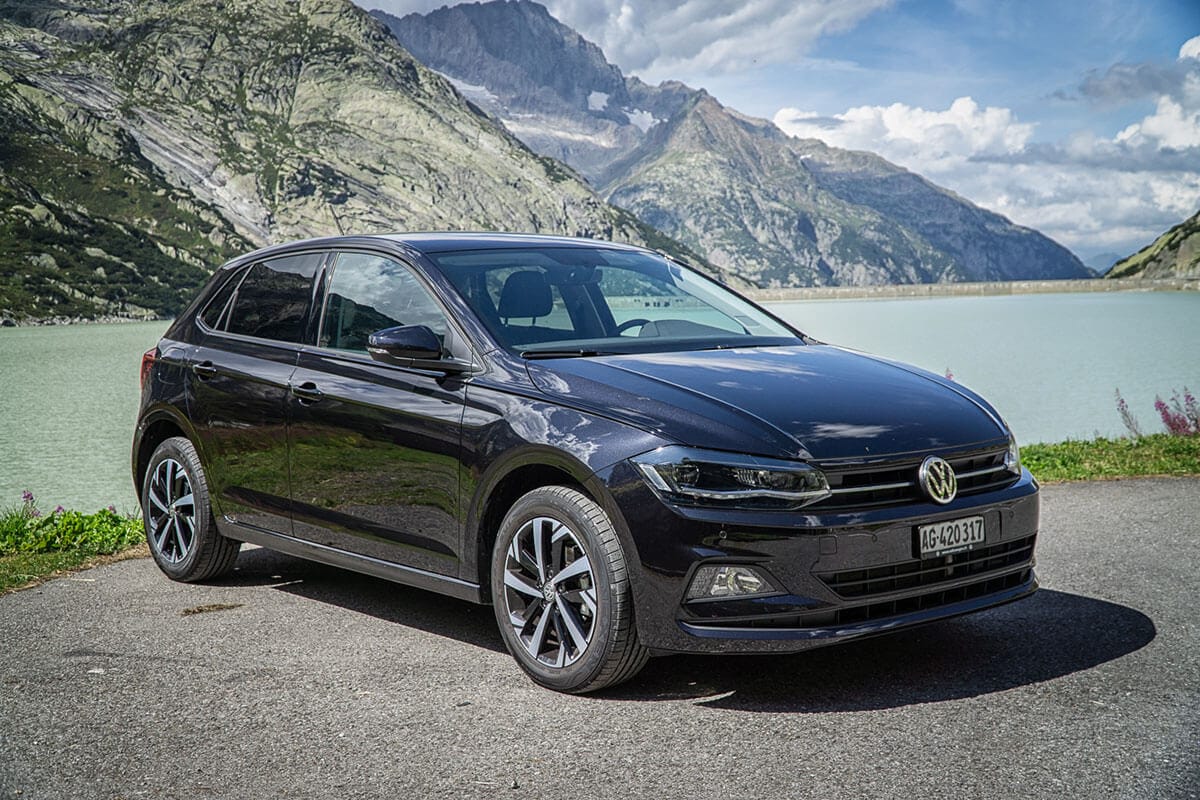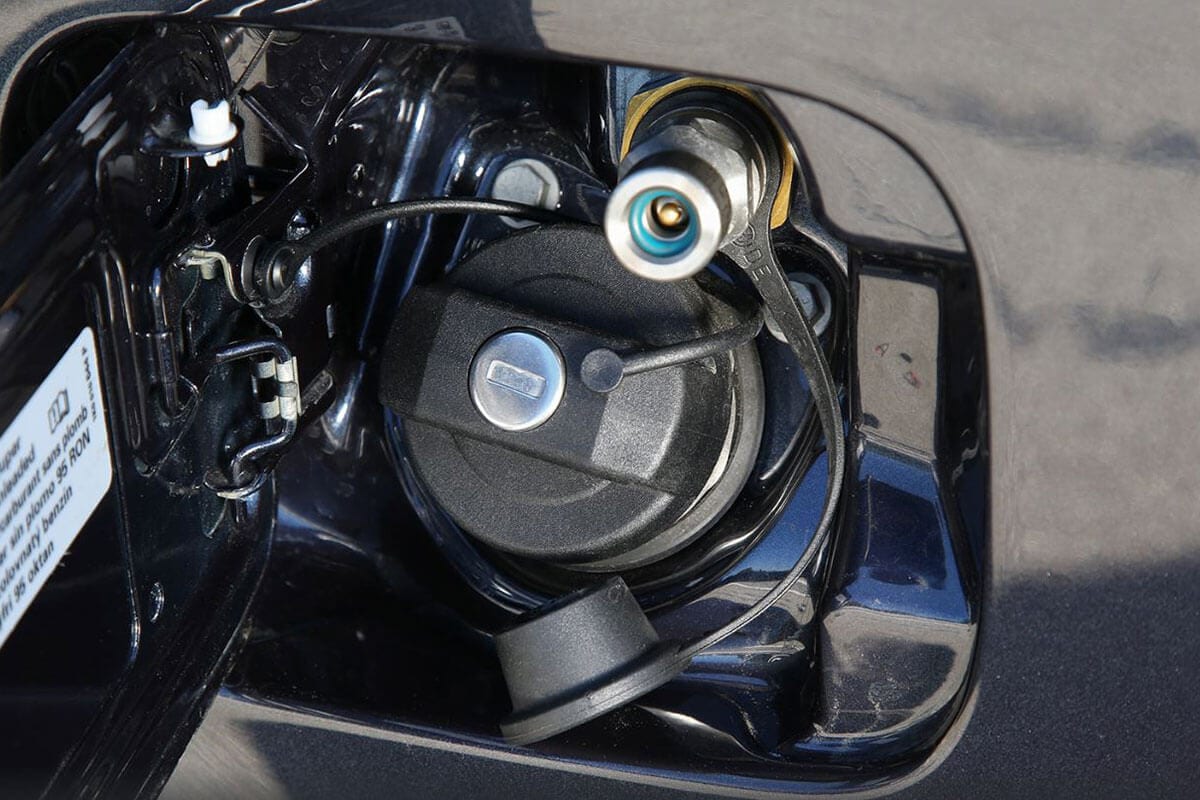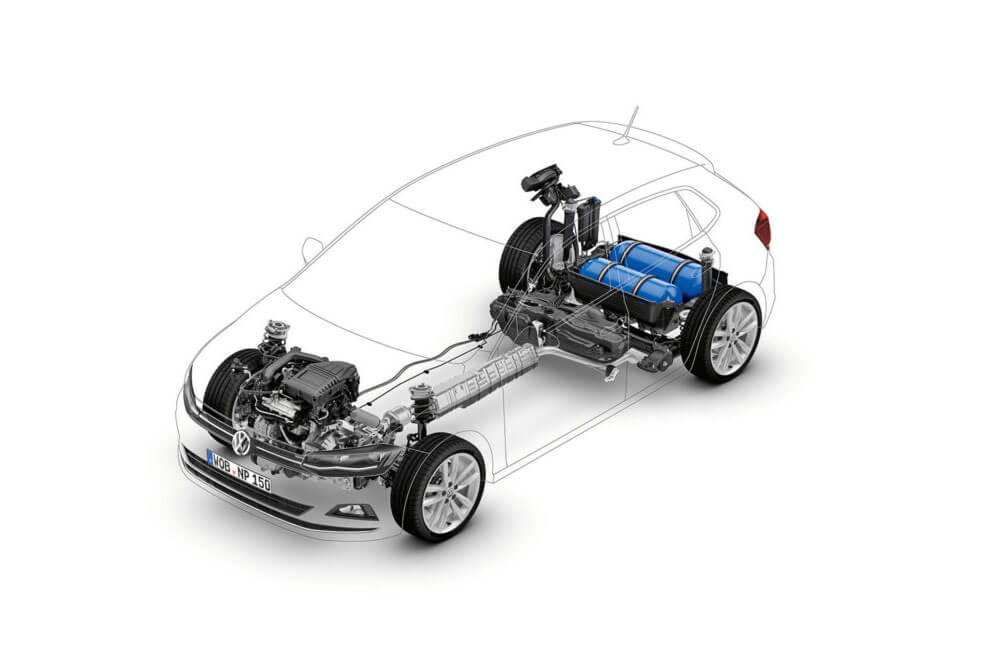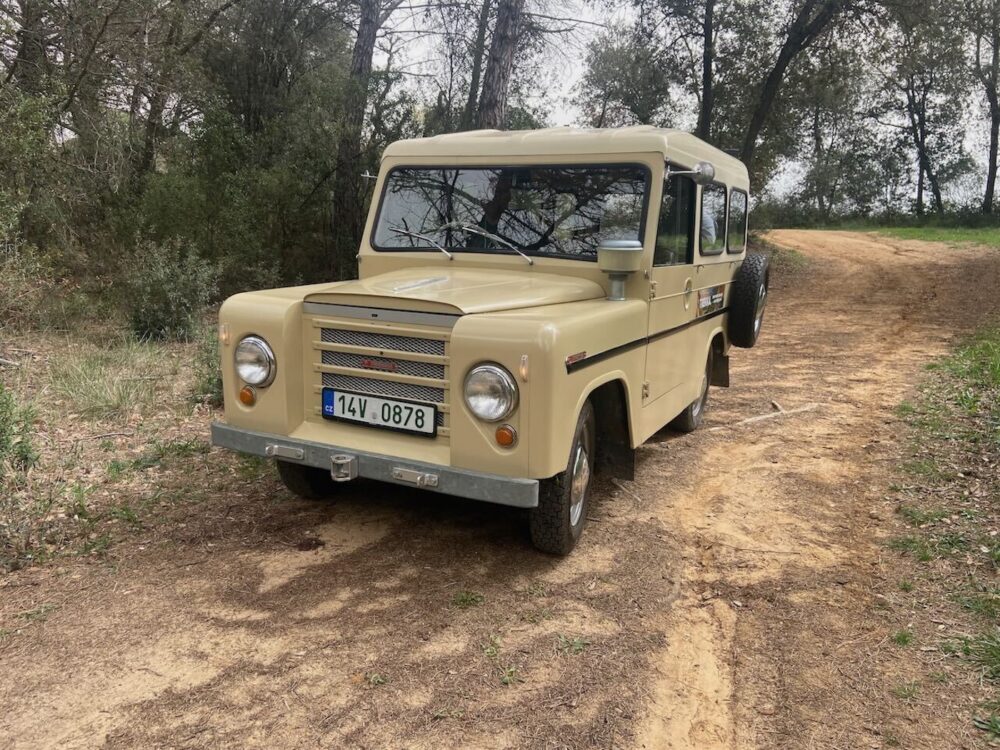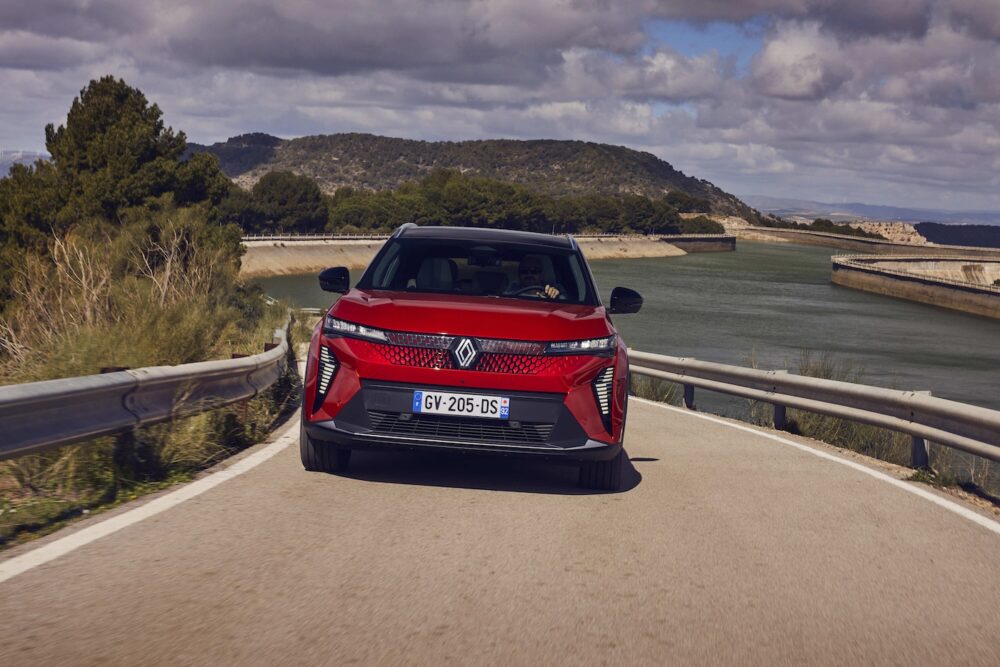Volkswagen: How the Ergas Polo tackles mountain passes
TEST IN THE MOUNTAINS AutoSprintCH has been running the natural gas-powered VW Polo TGI in a long-term test since May 2018. This time, we took on three Swiss mountain passes to test its mountaineering qualities Over the course of more than 11,000 kilometers in the city, overland, and on highways, the VW Polo with the 1.0-liter three-cylinder turbo TGI engine has performed well so far. In the Alpine country of Switzerland, [...]
The VW Polo with the 1.0-liter three-cylinder turbo TGI engine has performed well so far over more than 11,000 kilometers in the city, overland, and on highways. In the Alpine country of Switzerland, however, a small car also has to drive uphill and downhill for longer periods.
Ride over three popular Swiss passes
To do so, we moved the practical five-door car up three of the most popular passes: From Göschenen UR (1102 meters), we drove over the Susten Pass (2260 meters) to Innertkir- chen BE (625 meters), then over the Grimsel Pass (2160 meters) to Gletsch VS (1759 meters) and over the Furka Pass (2429 meters) to Realp UR (1538 meters) and back to Göschenen. The passes are characterized by many narrow hairpin bends, narrow passages with pedestrian traffic and sometimes very steep stretches.
Turn-in behavior track-safe and precise
The new Polo generation based on the MQB platform is made for these winding roads. The turn-in behavior is very precise (also thanks to the short wheelbase of 2548 millimeters) - the curves can be approached and exited very nicely.
The Polo easily copes with bumps and bumps
The comfortable chassis absorbs the bumps of the partly older mountain roads well and without complaint, and you pass oncoming traffic with millimeter precision. The pressure point on the brake pedal is clearly felt, and the effect of the powerful brakes can be precisely dosed - regardless of whether you're coasting in second, third or fourth gear. So you always feel safe in the Polo.
High speed must be maintained
Keeping an eye on the engine speed From 1900 rpm, the 90 hp engine delivers its maximum torque of 160 Nm, but below that it is difficult for the Polo to gain speed uphill, especially when the air becomes a little thinner. Thus, the engine speed should always be kept at at least 2000 rpm. This works quite well in third gear, but if you shift to fourth below 3000 rpm, as you are used to in the lowlands, the revs drop.
Automatic switch to gasoline
As a result, you are forced to stay in third gear and feel that you are driving uphill at high revs. When the natural gas runs out and the Polo automatically switches to gasoline mode, the performance improves noticeably. The TGI can then also be driven uphill, as you would expect from a lively gasoline engine.
www.volkswagen.ch







